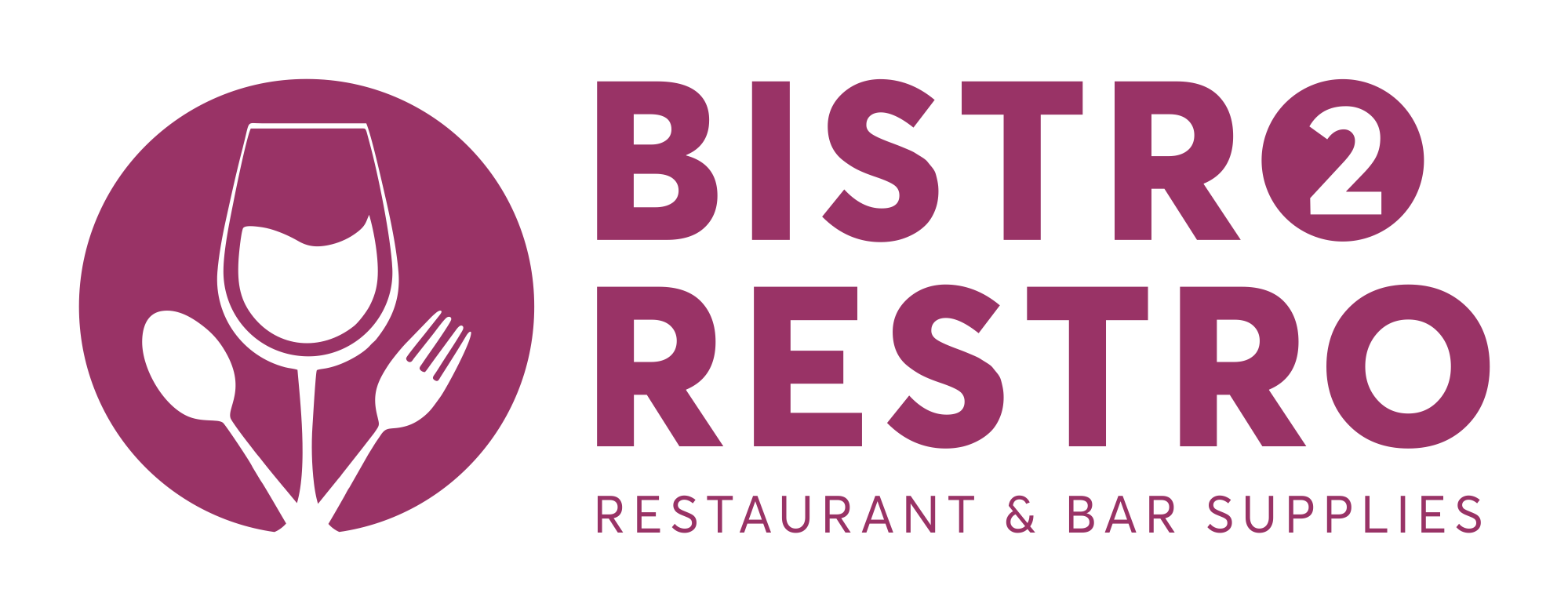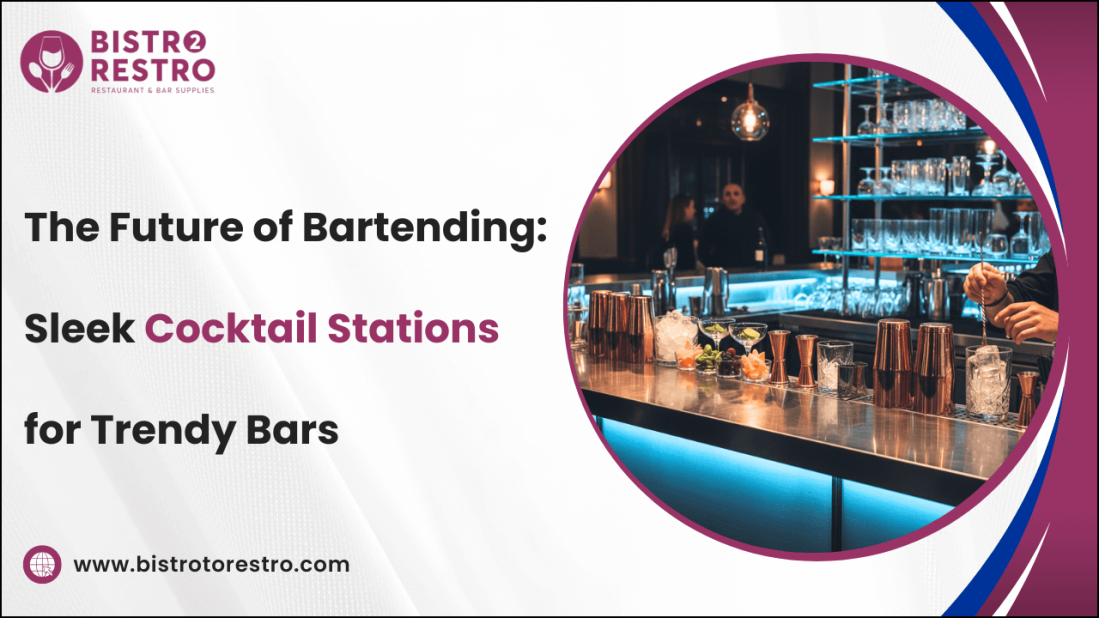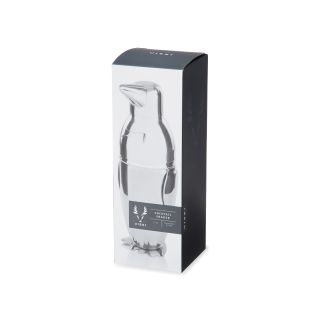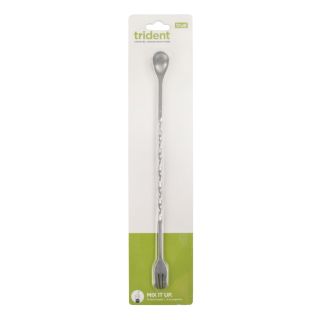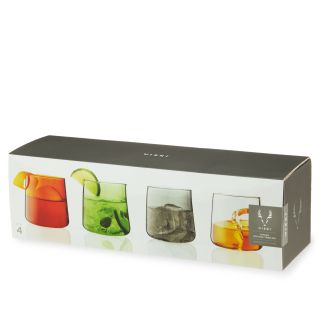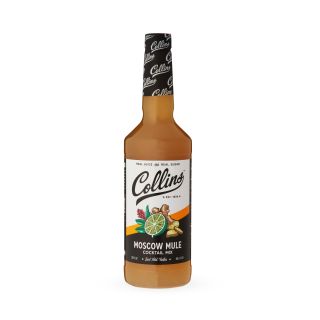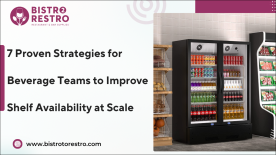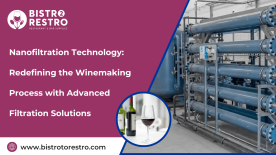In the evolving world of hospitality, the cocktail station is having a moment. No longer relegated to the shadows as a utilitarian “back of house” element, the modern cocktail station now commands attention at the very center of the bar’s guest experience. Design visionaries and bar operators across the United States are investing in innovative cocktail stations as the ultimate blend of form and function, where cutting-edge technology, tailored ergonomics, and aesthetic impact combine to redefine success.
As trends in bartending shift towards premiumization and guest-focused experiences, there’s a rising expectation for both striking design and smooth operations behind every pour. With the right cocktail station, trendy bars can boost productivity, increase revenue, and set themselves apart in a competitive market. In this in-depth look, we’ll unpack the changing landscape of bar infrastructure and examine what defines the sleek cocktail stations, offering actionable guidance on design, efficiency, and long-term sustainability.
Evolving Bar Designs: The Rise of the Modern Cocktail Station
Contemporary bars are more than just places to serve drinks, they’re experiential destinations that reflect evolving consumer tastes. Modern cocktail stations are central to this transformation, serving as the foundation for both innovative service and standout aesthetics.
The craft cocktail renaissance has played a huge role in reshaping bar layouts and back-of-house technology.
Watch a seasoned bartender at a trendy urban spot and you’ll notice the choreography: precision movements, quick garnishes, and signature flourishes, all within a zone of well-organized tools and appliances.
Unlike decades past, when the “bar” was simply an elongated counter, today’s bar infrastructure is planned with intentionality from the ground up.
Operators consider not just the amount of space accessible for customers, but also how the configuration of the backbar and workstation promotes efficient service, encourages creativity, and improves the overall experience and ambiance for guests.
The most successful new bars use sleek, integrated stations as both functional command centers and visual anchors to the overall space.
Essential Features of a Professional Cocktail Station
Advanced cocktail stations go far beyond a typical workbench or prep table. They combine heavy-duty construction, smart compartmentalization, and tech-savvy upgrades to help bartenders deliver flawless service during even the busiest shifts.
Feature | Description |
Premium material construction |
|
Integrated refrigeration & ice modules |
|
Optimized storage & organization |
|
Modular & mobile design |
|
Smart technology integration |
|
Advanced temperature control systems |
|
Ergonomic & accessible layouts |
|
Maximizing Efficiency: Smart Layouts for Faster Service
Operational efficiency starts with thoughtful design. A well-laid-out cocktail station lets bartenders move with agility while keeping missteps and bottlenecks to a minimum. Operators know that in a packed bar on a Friday night, every wasted second equals lost profit.
Speed-rail positioning is a prime example, spirits and modifiers are sorted by popularity and bartender preference, making sure the highest movers are always close at hand.
Tool cubbies, garnish tools, and glass storage are strategically located to create a natural workflow, allowing bartenders to transition from shaking to pouring to presenting with zero friction.
High-volume bars require larger, multi-zone stations where several bartenders can work side-by-side without bumping elbows. Decisions around ice storage, how much, where it sits, and how it drains, can make or break a shift. Many top stations use drop-in ice wells and sliding covers for rapid access and lasting freshness.
Maintenance and hygiene are built into the design. Seamless welds, rounded corners, and removable drip trays make for quick and thorough cleaning. Smooth, non-porous materials help operators pass food safety audits and keep stations looking sharp year after year.
Forward-thinking operators now choose stations with energy-efficient compressors, low-flow faucets, and induction chillers to keep electricity and water bills under control.
Blending Aesthetics and Functionality in Cocktail Station Design
The best cocktail stations amplify a bar’s brand while remaining highly functional. Designers and operators work together to ensure each station visually aligns with the overall venue, nothing is left to chance when it comes to the impression made on guests.
Matching the bar’s design language is a front-of-mind concern. Industrial spaces call for brushed steel, exposed fasteners, and darker finishes, while a high-end lounge might incorporate lacquered surfaces, mirror-polished details, or warm woods. Bartenders operate on a stage, and the station’s visual presence sets the tone for the entire guest experience.
Bars can choose bespoke finishes, tailored shapes, or illuminated elements, such as LED-lit speed rails or under-counter glow strips. Custom logo plaques or laser-etched brand marks on tap handles or station panels help venues stand out.
Movable or modular stations themselves can function as mobile design statements, allowing for unique service formats or on-the-fly reconfiguration, perfect for multiuse venues or bustling event spaces.
The combination of clean lines, innovative materials, and integrated lighting means the station complements rather than competes with the overall bar aesthetic.
Elevate Your Mixology Game: 10 Gin Cocktails to Inspire Your Next Sip
Selecting the Perfect Cocktail Station for Your Bar
Making the right cocktail station investment is a process that demands both financial discipline and aspirational thinking.
Operators are encouraged to take a 360-degree view, balancing cost, features, flexibility, and long-term needs.
Entry-level models start around a few thousand dollars and work well for smaller bars or event spaces. Mid-tier and premium custom setups can run much higher but offer better longevity, brand alignment, and feature sets.
The right choice depends on business volume, concept, and plans: it’s about ROI, not sticker price.
The choice between mobile and fixed stations comes down to the bar’s operating model. Mobile units are ideal for patios, rooftop venues, or multiuse environments, where service needs can change night by night. Fixed setups suit high-volume clubs or iconic cocktail bars where workflow consistency is vital.
Local climate and regional considerations, like salt-air corrosion near the coast or the humidity challenges of the Deep South, play a role as well.
Service support, parts availability, and installation logistics differ from region to region; bars should work with reputable suppliers who understand their local market.
What’s Next: Innovations Shaping the Future of Cocktail Stations
A new generation of technology is arriving at the bartop. Operators are beginning to implement IoT solutions for remote temperature monitoring, ingredient-level tracking, and even predictive maintenance alerts when a compressor or pump is about to fail.
Smart inventory sensors embedded in stations allow managers to know what’s running low without a manual check.
Voice-activated lighting, audible pick-to-light systems for glassware and bottle location, and touchless water dispensers are gradually appearing in cutting-edge venues. All of these innovations help bartenders focus more on guest interaction, creativity, and efficient service.
The cocktail station of the future will continue to reflect shifts in broader bar culture: more flexible, with rapid reconfigurability for events or pop-ups; hyper-customized for both staff and design needs; and ever more driven by tech, data, and sustainability metrics.
The Ultimate Guide to Cocktail Mixers: Essentials for Every Mixologist
Conclusion
Today’s cocktail station is far more than a work surface. As competition increases and guest expectations evolve, every bar should revisit its core infrastructure. Prioritizing both form and function in cocktail stations is one of the most important steps owners and designers can take to future-proof their venues. Regularly assess your current setup, consult with design experts, and look for ways to optimize both workflow and aesthetics. Operators who invest in thoughtful station design set their bars up for operational excellence, memorable guest experiences, and sustainability for years to come. BistroToRestro offers high-quality restaurant and bar supplies, including beer accessories, drinkware, liquor accessories, wine accessories, and serveware from top brands to elevate your dining and drinking experience.
References:
https://www.bls.gov/ooh/food-preparation-and-serving/home.htm
https://restaurant.org/
FAQs
How to integrate a cocktail station with existing bar shelving and back-bar displays?
Integrate a cocktail station by aligning its layout with existing shelving for easy access to bottles, glassware, and tools. Ensure proper lighting and space optimization to enhance workflow and aesthetics.
How to measure ROI when upgrading to a high-end cocktail station?
Track ROI for a cocktail station by comparing increased drink sales, faster service times, and reduced waste against the upgrade cost to determine profitability.
